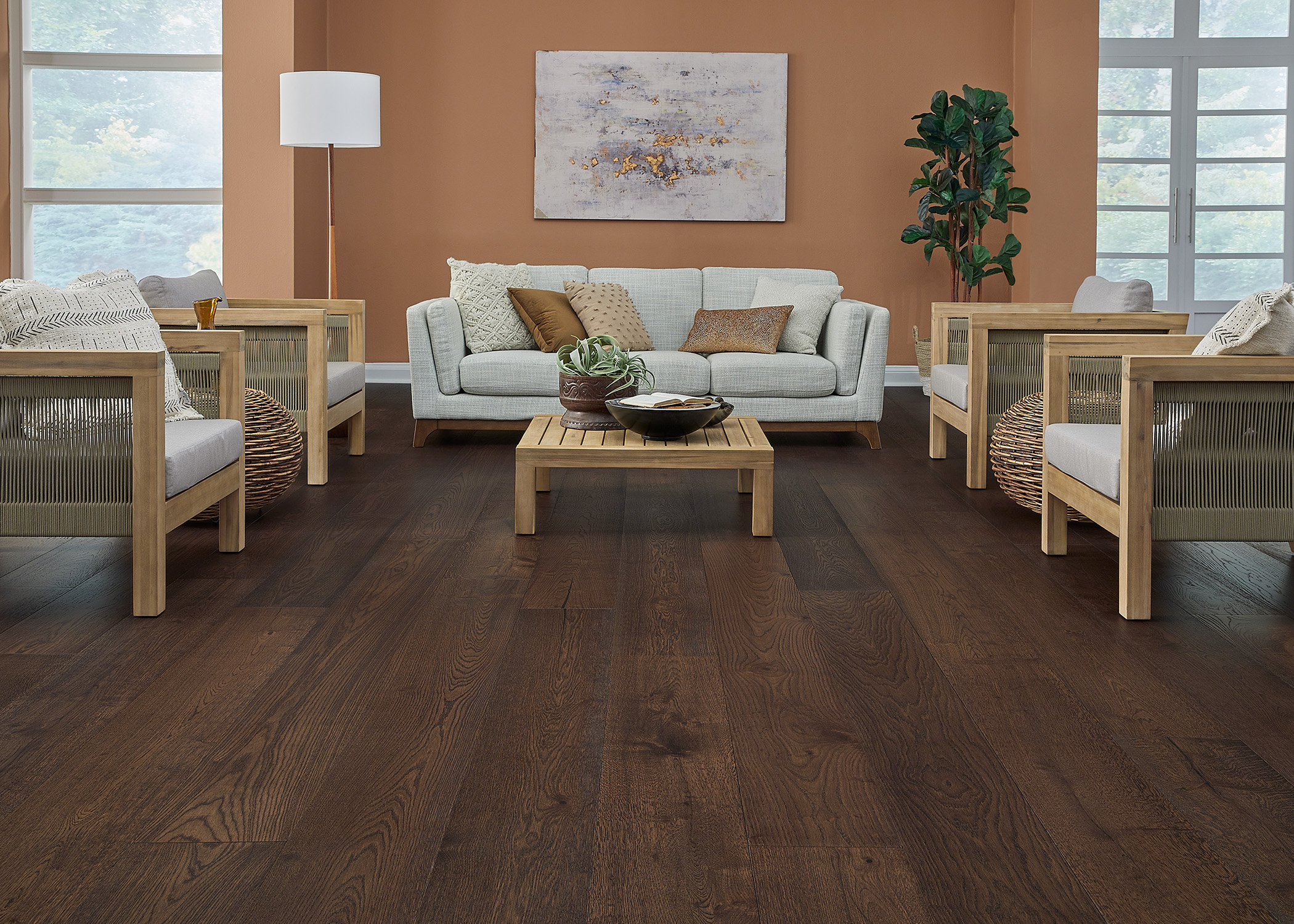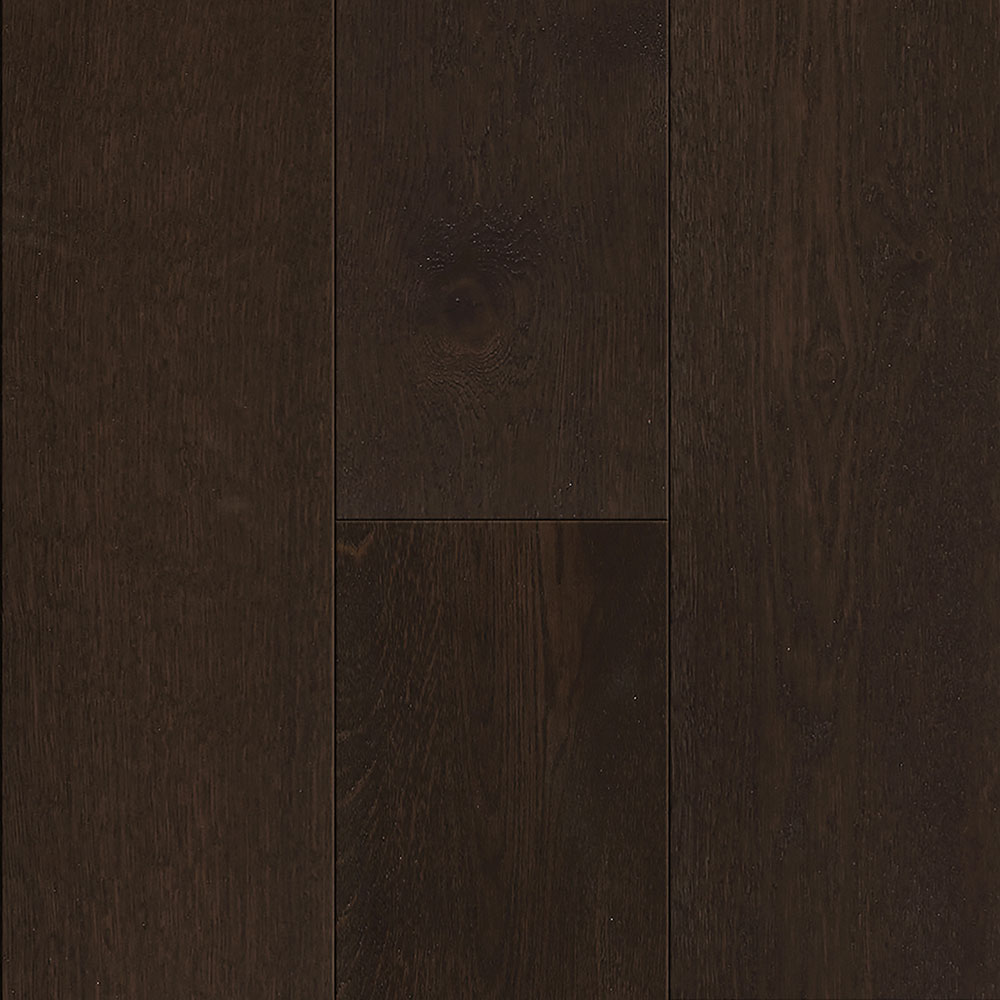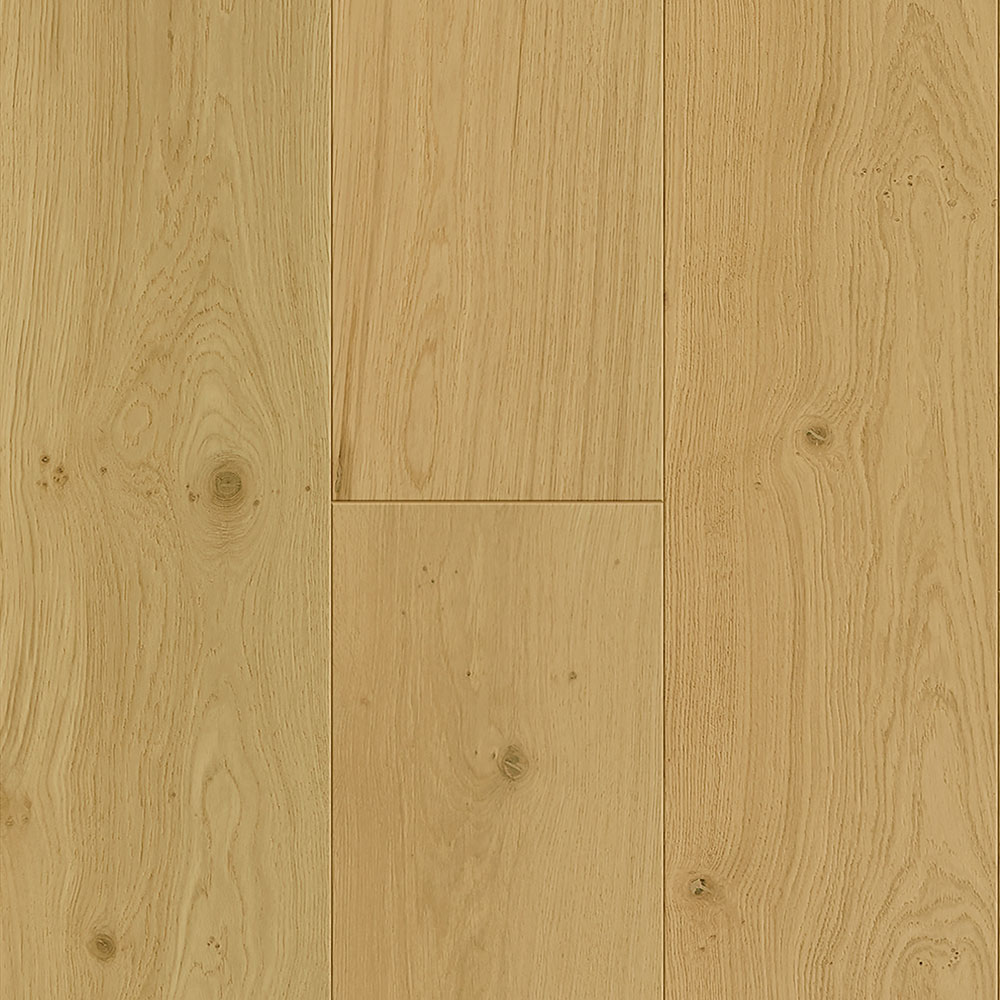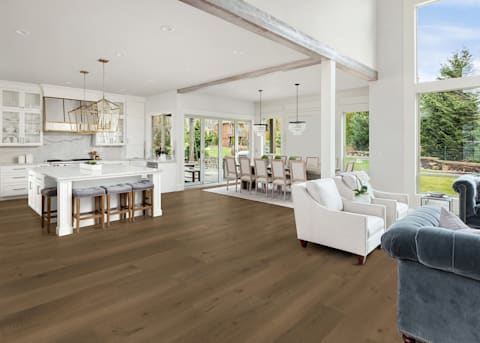- Home
- Inspiration
- Style Types
- LLStyle Report: The Calm, Cool, and Effortless Chic of Japandi Design
LLStyle Report: The Calm, Cool, and Effortless Chic of Japandi Design
Two cultures. Two unique approaches to design. One match made in style heaven.
Minimalism may appear as a trendy buzzword in contemporary design, but it's deeply rooted in the traditional cultures of Scandinavia and Japan. For centuries, minimalism has influenced everything from home design to art and daily lifestyle practices.
Enter Japandi design: The harmonious blend of Japanese and Scandinavian aesthetics.

What is Japandi design?
Japandi design is a combination of the Japanese and Scandi design, combined into one soothing aesthetic. Taking unique design features from both regions, Japandi spaces feel tranquil, cool, and calm.
The name of the game for Japandi design is intentionality, making sure everything serves a clear purpose and leads to a richer, more centered life free of distraction. By focusing on items that serve a specific purpose or hold special meaning, naturally your home will be cleansed of noisy clutter, leaving your space feeling more peaceful and open.
Defining Japandi Elements
You may have heard of Scandinavian “hygge” or Japanese “wabi sabi” philosophy—while they have plenty of unique differences, the similarities between the two philosophies is an emphasis on simplicity and an appreciation for nature.
In design practice, Japandi pulls from both hygge and wabi sabi by leaning heavily on organic materials with imperfect textures like wood, clay, and stone. In Japanese design, you’ll find the following elements typically used:
● Textured materials like wood, stone, paper, and rattan.
● Nature-inspired colors like deep brown and green.
● Intentional, minimal decor like books, vases, and teapots.
● Uncluttered spaces filled with natural light.
In classic Scandi design, you’ll find features such as:
● Natural materials, with emphasis on light wood like birch or white oak.
● A light, neutral color palette using shades of warm white cream.
● Clean, simple lines.
● Uncluttered spaces filled with natural light.
How to Get Japandi Style
There are endless ways to combine these two approaches for a unique, authentic Japandi home, but the first step should be decluttering. By leading with a less-is-more decor mindset that embraces open spaces and high-quality materials, you’ll be well on your way to a calming Japandi space. From there, you can decide which style direction to go in: lighter wood and clean, simple lines for a Scandi look, or darker color palettes mixing stone and dark wood for a more Japanese style.

A go-to element found in classic Japandi design is hardwood floors. You can go light with something like the White Oak Reserve Engineered Hardwood or dark with an option like the Porto Covo White Oak Distressed Engineered Hardwood, using wood furniture that contrasts with the floor to bring depth and interest to a neutral color palette.
Have fun thinking about how you can apply these style ideas in your home!
Is there a design or home improvement project you love? Post photos and tag @LLFlooringOfficial to share!
Follow LL Style on Instagram & Pinterest
Also, do you learn about home improvement and design by watching fun and informative videos?
SUBSCRIBE to the LL Flooring YouTube Channel to learn more, leave comments or ideas that helped you, and join the community!
In the video below, one customer describes his process of replacing basement flooring that was damaged by moisture, and how he made his choice and approached it as a DIYer.







